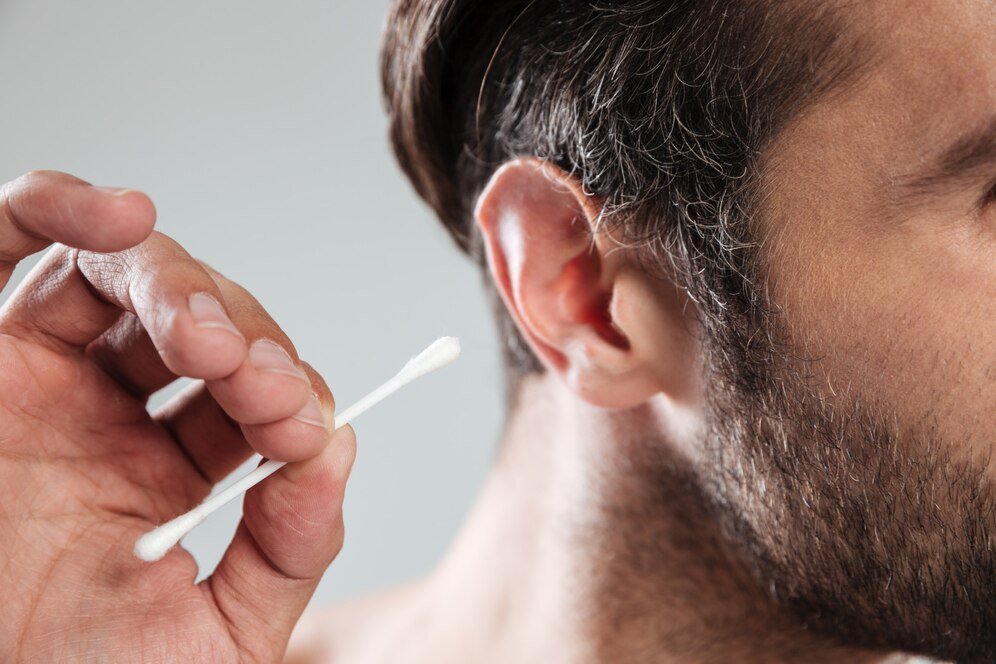Ear wax, medically known as cerumen, plays a crucial role in maintaining ear health. It’s a natural substance produced by glands in the ear canal to trap dust, microorganisms, and foreign particles, preventing them from reaching the eardrum. While it may not be the most glamorous topic, understanding how to manage ear wax properly can prevent discomfort, infections, and even hearing issues.
Let’s explore the do’s and don’ts of ear wax removal to ensure your ears remain clean, safe, and healthy.
The Do’s of Ear Wax Removal
1. Do Let Your Ears Clean Themselves
The ear is self-cleaning. Chewing, talking, and jaw movements help move old ear wax from the ear canal to the outer ear, where it naturally flakes away or can be wiped off. Often, no intervention is necessary.
2. Do Use a Damp Cloth
If you notice wax around the outer part of your ear, simply wipe it away with a warm, damp washcloth. This is a safe and gentle method that doesn’t involve inserting anything into your ear canal.
3. Do Try Over-the-Counter Ear Drops
There are ear drops designed to soften wax, making it easier for the body to expel it naturally. Ingredients like hydrogen peroxide, saline, or mineral oil can be effective. Use as directed on the label, and only if you’re sure you don’t have a perforated eardrum or ear infection.
4. Do Consult a Healthcare Professional
If you experience symptoms like ear pain, a feeling of fullness, ringing in the ears, dizziness, or hearing loss, consult a doctor. These symptoms could indicate impacted ear wax or another underlying issue. A medical professional can safely remove wax using irrigation, suction, or specialized tools.
5. Do Practice Regular Ear Hygiene
Keep the area around your ears clean. Regular bathing and gentle wiping of the outer ear with a cloth will help maintain ear hygiene without disturbing the natural cleaning mechanism of your ears.
The Don’ts of Ear Wax Removal
1. Don’t Use Cotton Swabs
One of the most common — and dangerous — methods people use is inserting cotton swabs (like Q-tips) into the ear canal. This can push wax deeper, compacting it against the eardrum and potentially causing injury, infection, or even hearing loss.
2. Don’t Use Sharp Objects
Hairpins, keys, or other sharp items should never be used to clean ears. These tools can damage the delicate lining of the ear canal, rupture the eardrum, and introduce bacteria, leading to serious infections.
3. Don’t Use Ear Candling
Despite its popularity in alternative medicine circles, ear candling is not only ineffective but also dangerous. It involves placing a lit, hollow candle in the ear canal to supposedly “draw out” wax. There is no scientific evidence supporting this method, and it can lead to burns, ear canal blockages, or even punctured eardrums.
4. Don’t Ignore Persistent Symptoms
If you frequently deal with excessive wax buildup or chronic ear problems, don’t just continue with at-home remedies. Persistent issues could be a sign of an underlying condition that requires medical attention.
5. Don’t Over-Clean Your Ears
Over-cleaning can strip the ears of necessary protective wax, leaving them dry and vulnerable to infections. It’s important to strike a balance — the goal isn’t total elimination of wax, but rather preventing buildup that leads to blockage or discomfort.
When to Seek Medical Help
You should consult a doctor or audiologist if:
- You feel pain, pressure, or fullness in your ears
- You experience hearing loss or ringing
- Your ear is discharging fluid
- Home treatments aren’t improving the situation
- You wear hearing aids or earplugs regularly, which may contribute to wax buildup
Health professionals use safe techniques like ear irrigation, microsuction, or manual removal with special instruments to effectively and painlessly remove ear wax.
Final ThoughtsEar wax may be a bit unsightly, but it’s a vital part of your body’s defense system. Removing it should always be done with care — and not all the time. Understanding the right approach helps avoid unnecessary harm and keeps your ears healthy. If you’re experiencing discomfort or buildup, searching for Ear Wax Extraction Near Me can connect you with professionals who offer safe and effective removal options. So next time you’re tempted to reach for a cotton swab, remember: less is more when it comes to ear wax removal. Trust your body’s natural processes, and when in doubt, talk to a medical professional.
